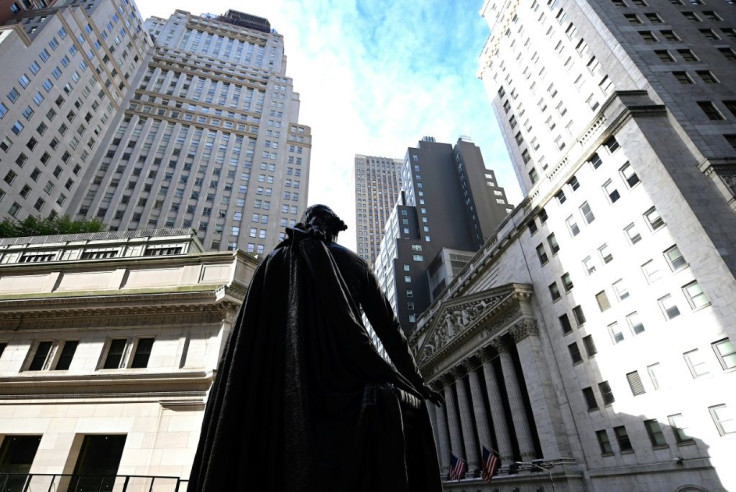Record Inflation Reaches High-Income Americans: What It Means For The Markets And The Fed

U.S. inflation accelerated in May, hitting a 40-year high, and is beginning to reach high-income Americans.
According to a government report released Friday, the Consumer Price Index (CPI) — a measure of the cost of living — rose to a record annual rate of 8.6% in May, well ahead of market expectations.
Prices of the things Americans buy every day were driven higher by the usual suspects: energy and food. Energy prices soared 34.6%, led by gasoline prices that are up 48.7%, with the index for fuel oil rising 106.7%, the highest since 1935.
Food prices jumped 10.1%, driven by rising grocery costs.
Another report released on Thursday by Numerator, a data and market research company, showed that grocery inflation rose 14.6% in May and is beginning to catch up with middle- and high-income Americans.
"Overall, May grocery inflation reached record highs ... and the heaviest inflation impacts shifted from low-income to middle- and high-income consumers for the first time," said the Numerator report.
What do these numbers mean for financial markets and the Fed?
"Markets are struggling to price the impacts of higher inflation and tighter monetary policy," Wilmington Trust's Chief Economist Luke Tilley told International Business Times. "The Fed's aggressive posture and the effects of the war in Ukraine could pose challenges to economic growth and corporate profitability."
Still, "The Fed will now have a tightrope walk maneuvering the economy out of inflation and a possible recession," Kunal Sawhney, CEO of Kalkine Group, told IBT.
PNC Senior Economist Kurt Rankin expects the U.S. central bank to raise its monetary policy rate from the 0.75% to 1.00% range installed at its May 2022 meeting.
"This includes the expectation of two 50-basis-point hikes in June and July. The risk is clearly to the upside for the Fed Funds rate trajectory for the rest of 2022. However, the Fed's 'data-dependent' stance certainly has new and unsettling information to deal with in this month's CPI report," he told IBT.
PNC expects CPI inflation to register 5.2% year-over-year to close out 2022, not approaching the Fed's 2% target until mid-2024.
That's terrible news for American households across the board, which will see their budgets crushed by food and energy costs, leaving few funds for discretionary items like clothing, furniture and traveling.
Tilley doesn't see a recession for the U.S. and global economies over the next nine to 12 months, provided that inflation and higher interest rates do not crush Wall Street, giving another blow to high-income Americans and consumer spending.
© Copyright IBTimes 2025. All rights reserved.






















